More than 320 hectares of production land have been arranged.
The Department of Natural Resources and Environment (DONRE) of Lam Dong province has just reported on land management and use related to ethnic minorities.
Lam Dong Province Department of Natural Resources and Environment said that after the 2013 Land Law took effect, Lam Dong Provincial People's Committee issued a policy to support residential land, production land, and domestic water for poor ethnic minorities and poor households in especially disadvantaged communes and villages in the province.
Based on the synthesis of residential land use and agricultural land use needs, Lam Dong Provincial People's Committee issued a decision to allocate 820.51 hectares. Of which, 13.16 hectares of residential land were allocated to 658 households and 807.35 hectares of production land were allocated to 2,076 households.
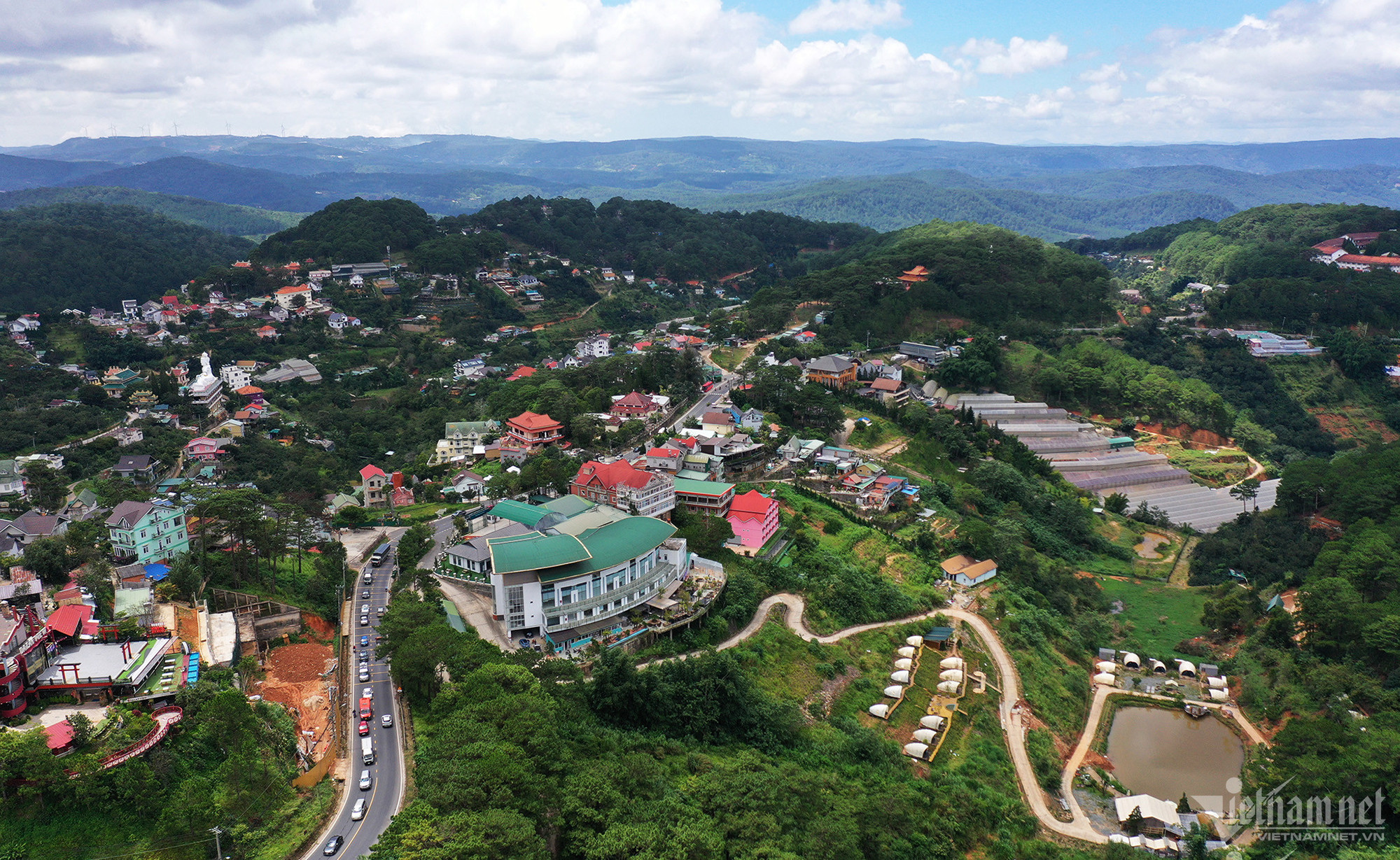
From 2014 to present, Lam Dong Provincial People's Committee has issued 9 decisions to reclaim and change land use purposes to allocate production land to ethnic minorities with a total area of 321.23 hectares to the People's Committees of districts.
According to the Department of Natural Resources and Environment of Lam Dong province, besides the achieved results, the work of arranging production land for ethnic minorities in the area still has many difficulties and problems.
Specifically, one of the solutions for sustainable forest restoration in the Central Highlands to respond to climate change in the 2016-2020 period agreed upon by the Prime Minister is to limit the conversion of land use purposes from forestry land (natural forest land) to other purposes.
Currently, some localities, although the Provincial People's Committee has approved the decision to allocate land according to the project, are still stuck in the procedures for approving environmental impact assessments, allowing the conversion of forest land use purposes, and exploiting forest products. Therefore, localities cannot allocate land to households.
Regarding administrative procedures, according to the Department of Natural Resources and Environment of Lam Dong province, the conversion of land use purpose from forestry to agriculture requires the preparation of many procedures according to regulations, such as: Plan, land use arrangement, design documents for forest product collection, conversion of forest use purpose to other purposes, environmental impact assessment reports, etc. These procedures require a lot of time to check and appraise, so they often take a long time.
In addition, most of the planned land funds are taken from forestry land planned for forestry. However, through the review of some localities, there is currently very little or no land fund left for this land fund to be arranged, such as Duc Trong, Di Linh, and Dam Rong districts.
For some land areas previously allocated by Lam Dong Provincial People's Committee, mainly vacant land areas were arranged, limiting the cutting of forest trees. These lands often have mountainous terrain, high slopes, thin arable soil layer, are easily eroded, lack water, and have low utilization rate.
On the other hand, some households have been allocated land but lack scientific and technical knowledge in farming, so land use efficiency is still low.
Proposal to exempt land fees and taxes
To overcome the above-mentioned problems, according to Mr. Huynh Ngoc Hai, Director of the Department of Natural Resources and Environment of Lam Dong province, there should be specific policies to support socio-economic development in ethnic minority and mountainous areas.
In particular, there should be policies such as: Converting from land reclamation production to other directions such as financial support to buy land for production; career conversion; support to buy agricultural tools, plant and animal varieties; support to borrow preferential credit.
In addition, local authorities need to promote propaganda, guidance and transfer of new scientific and technical methods through training programs, agricultural and forestry extension to help ethnic minorities intensively cultivate and increase crop productivity.
Regarding the subjects of land allocation and support, the leader of the Department of Natural Resources and Environment said that the revised Land Law needs to clearly stipulate the criteria for determining which subjects are ethnic minority households in the province?
For example, in Lam Dong province, ethnic minorities are local ethnic minorities, not applied to ethnic minorities migrating from other regions.
Regarding residential land and production land, the Department of Natural Resources and Environment believes that the revised Land Law needs to specifically stipulate what constitutes a land shortage? What is the limit for allocating residential land and production land to ethnic minorities? For example, Lam Dong province currently stipulates the limit for allocating residential land at 400m2/household and production land at 5,000m2/household.
According to the Director of the Department of Natural Resources and Environment of Lam Dong province, in the province, the land area allocated to ethnic minority households is not much, mainly originating from land reclamation or left by grandparents.
In cases where the land is not allocated by the State but is recognized by the right to use as above, when a divorce occurs, the person loses the ability to work, leaves the place of residence, no longer needs to use the land... then it is proposed that the land user be allowed to change the purpose.
Regarding land policy, there should be regulations exempting land use fees, transfer tax, land use conversion fees, annual land rent, etc. for ethnic minorities lacking land.
Mr. Phuong
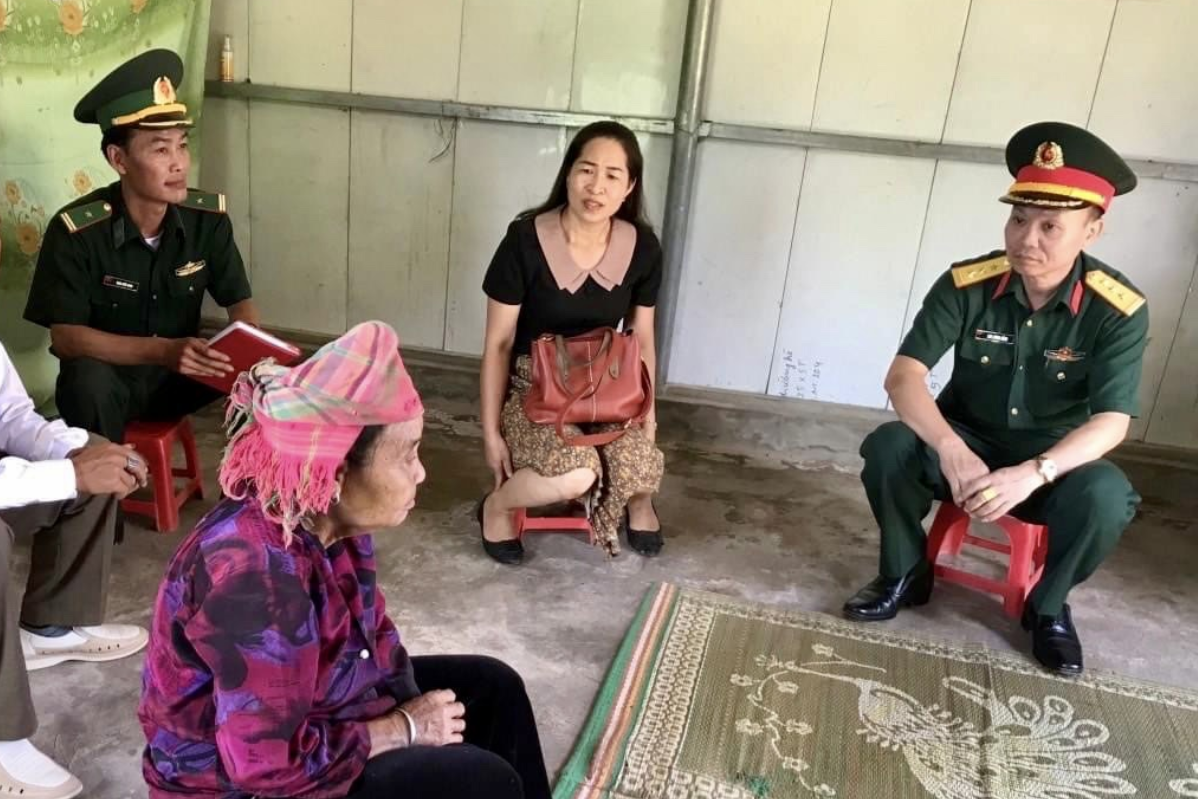
Source


![[Photo] Hanoi morning of October 1: Prolonged flooding, people wade to work](https://vphoto.vietnam.vn/thumb/1200x675/vietnam/resource/IMAGE/2025/10/1/189be28938e3493fa26b2938efa2059e)





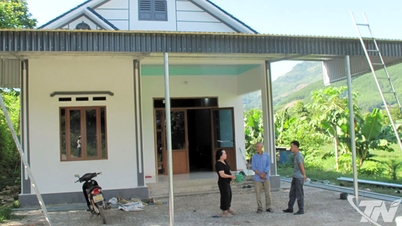





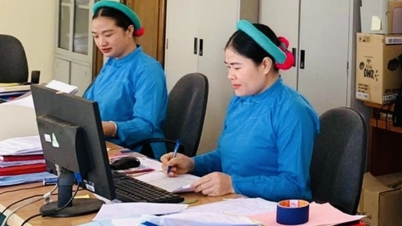



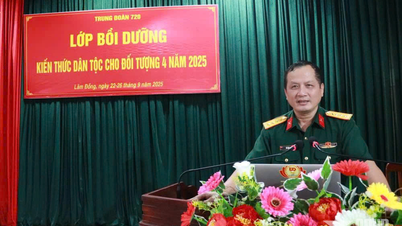


















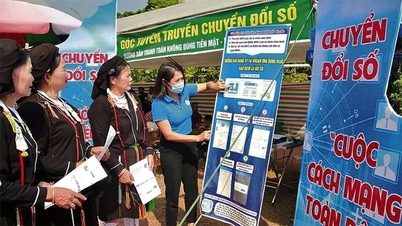
![[Photo] The 1st Congress of Phu Tho Provincial Party Committee, term 2025-2030](https://vphoto.vietnam.vn/thumb/1200x675/vietnam/resource/IMAGE/2025/9/30/1507da06216649bba8a1ce6251816820)
![[Photo] President Luong Cuong receives President of the Cuban National Assembly Esteban Lazo Hernandez](https://vphoto.vietnam.vn/thumb/1200x675/vietnam/resource/IMAGE/2025/9/30/4d38932911c24f6ea1936252bd5427fa)
![[Photo] Panorama of the cable-stayed bridge, the final bottleneck of the Ben Luc-Long Thanh expressway](https://vphoto.vietnam.vn/thumb/1200x675/vietnam/resource/IMAGE/2025/9/30/391fdf21025541d6b2f092e49a17243f)




























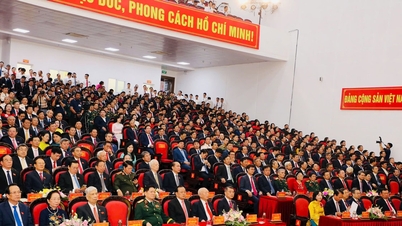











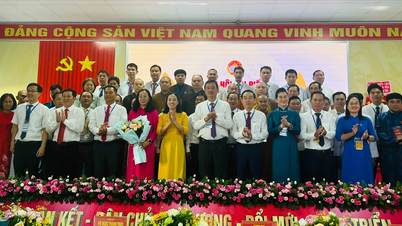




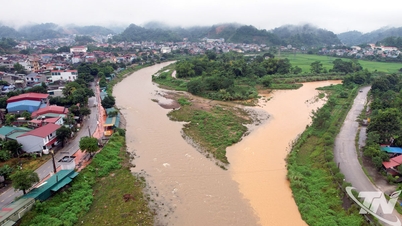















Comment (0)